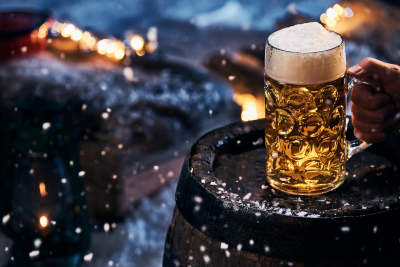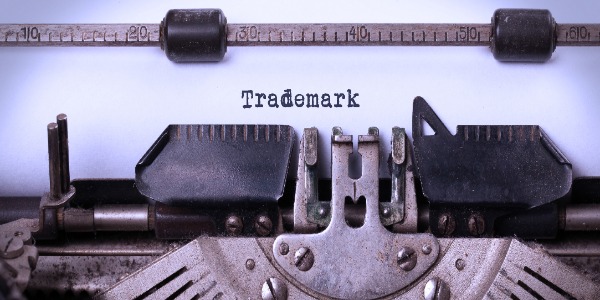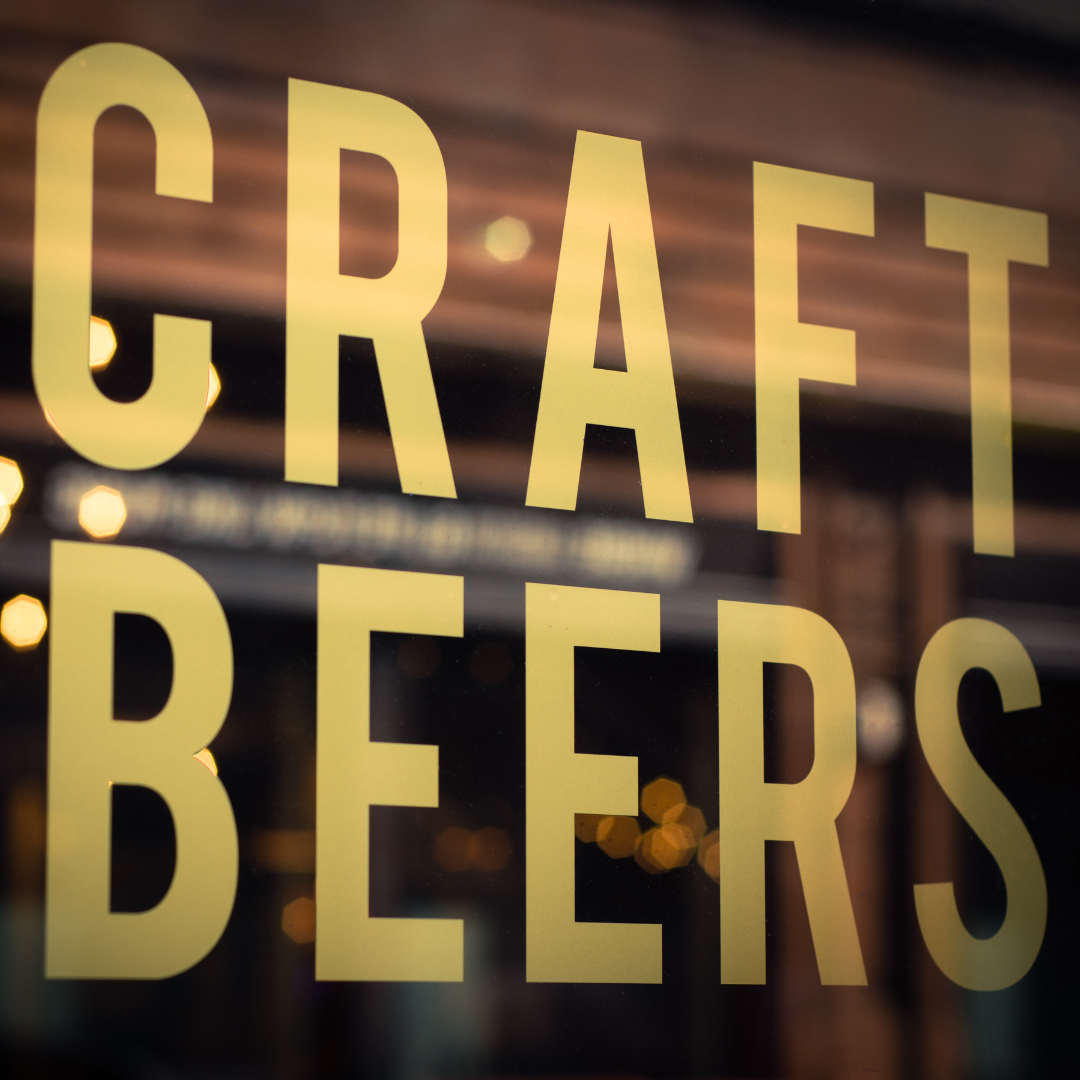Building a brand that is solid and recognizable for your brewery involves combining several practices and procedures to determine how your customers think and feel about your beer. It sets you apart from your competitors and grabs the attention of your target market.
Branding and brand identity incorporate both visual and motivational assets. Visual assets include your website, logo design, label design, signage, and brand colors. On the other hand, motivational assets are your phrasing, voice, mission, promise, and values. These motivate a customer to take action in response to your brand and buy from you instead of another brewery. So, where do you begin to build a strong brand?
Building a Strong Brand with Brand Strategy
Audience - Before building your brand, you need to understand your audience. Identifying your target audience helps establish your voice, design, and market strategy.
1. Create a buyer persona.
a. Who is your ideal customer? What are their behavior patterns? Consider their age, gender, demographics, likes/dislikes, and motivations.
2. Look at your competitors.
a. Who are your competitors serving, and who is underserved or overlooked? How can your brewery fill a space and serve an overlooked or underserved demographic?
3. If you already have customers, what can they tell you?
a. Your current customers are an invaluable source of information. What can they tell you about the points above?
Brand Positioning - The next block in building a solid brand is your brand position. It represents the fundamental concept that your customers connect with and attribute to your brand. A positioning statement serves as a concise, one-sentence depiction of your business that sets the brand apart from its competitors and resonates with the target audience. For example, “We are a [blank] selling [blank] to customers/consumers in [region].”
Brand position statements should use intentional wording. Terms like “handmade,” “artisan,” and “organic” are great examples of intentionally specific language. Your brand position and selling points help you establish branded content and marketing that speaks your unique voice to your target audience. Brand positioning is internal. Your brand message expresses your positioning statement so people can connection with it.
Name - The time has come to choose your brewery and brand name. This name will be the defining feature of your brand, distilling down everything the public needs to know about you into a single moniker. Your name is trademarked and determines your URL and domain name, so take time to do your research. The U.S. Patent and Trademark Office has an excellent resource for trademark searches. In today’s world, you should have a web presence, so it is crucial to research domain names before choosing your brewery and brand name. You can search your preferred domain names on websites like Instant Domain Search and Google Domains. These sites will offer alternative domain name suggestions if the domain name is unavailable.
Brand Story - Your brand story is the “WHY” behind your brewery. Every brewery has a purpose beyond profits. Knowing your “why” and, more importantly, your customer’s “why” helps your customers fall in love with your brewery and generates respect and loyalty, turning customers into devoted fans.
Why did you start this brewery? What gets you out of bed and into the brewing room every day?
Why or what will your customer receive or feel after choosing your brewery over another?
Establishing a Brand Look - Here is where you get into the creative process. Your brand look helps instantly identify you in the marketplace. Part of your brand design look may be trademarked and therefore become intellectual property. Branding elements include:
- Color Palette - Use color psychology to create and communicate a feeling, mood, and response.
- Fonts and Typography - Fonts add meaning to the words used in your brand and copy. Fonts can be modern, soft, traditional, or authoritative. In brand guidelines, typography specifications specify the font’s size, spacing, and capitalization usage.
- Imagery - Imagery uses images, illustrations, and pictures to communicate your identity.
Logo - Your logo should, first and foremost, be recognizable, meaningful, and easy to identify. A graphic designer or firm can partner with your team and help you capture the visual essence of your brewery through a logo design. Logos can take on various shapes and styles. For example, logos can include brand emblems in a circle or shield. This look is considered sophisticated and traditional. Logos can also be a wordmark, a stylistic font, or fonts to change your name into a logo. You can use an icon, a simple image, that becomes an instant identification of your brand. Lastly, a combination mark combines your name and an image to create a unique logo. Your brewery’s logo is part of your company’s intellectual property and needs to be appropriately protected.
Slogan and Phrasing - A slogan or product phrase is optional but can help strengthen recognition and deepen the customer’s understanding of your brand. For breweries, a certain kind or line of beer may have a slogan or a phrase used to describe and differentiate it to the public. These slogans and phrasings can be a part of your trademark and, therefore, must be protected as part of your intellectual property.
Cohesive Integration - The keystone of building a solid brewery brand is cohesively using the brand throughout your company. Your brand should be consistent in every aspect of your brewery, including your website, letterhead, social media, merchandising, packaging design, and marketing. The best way to ensure consistency is by using a brand style guide. If you work with a graphic designer or firm, they will likely provide you with this document. If you are doing your branding, consider this a vital step. A style guide ensures your team and any contractors you work with know exactly how your brand should look, sound, and interact with the marketplace and public.
Your brand is the smile and handshake that greets the world on behalf of your brewery. Taking the time and intention to identify your brewery through your brand and protect that identity is a worthy investment of time and energy for years to come. If you feel stuck and overwhelmed building and protecting your brand, reach out to us and let Beer Law HQ help by bringing our experience and expertise to your team.
-2.png)




